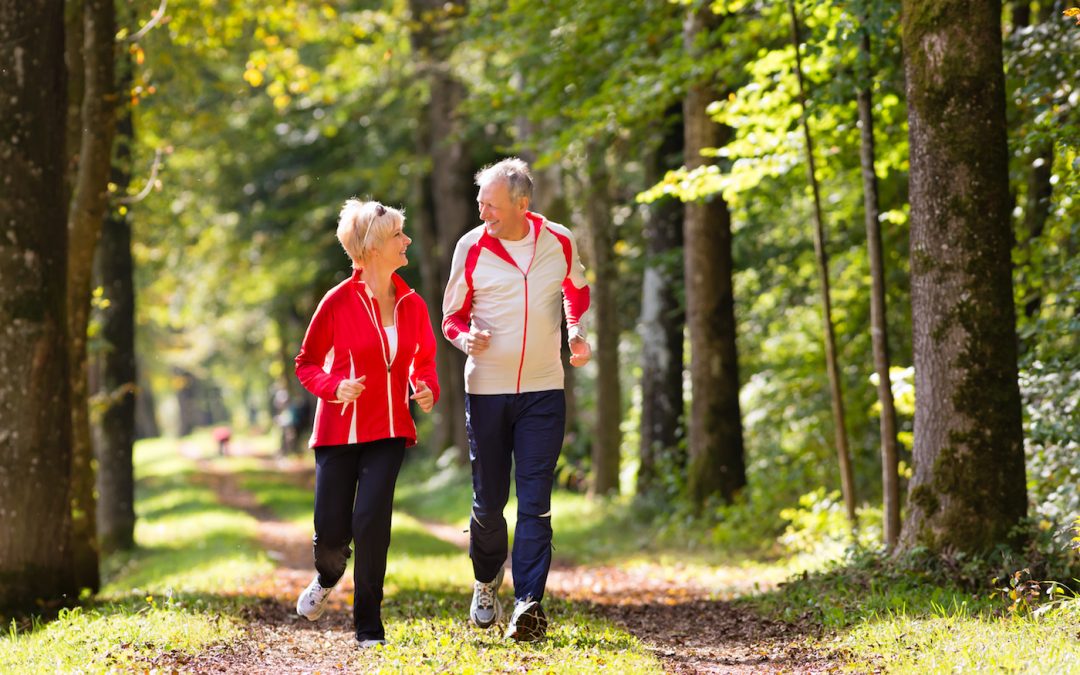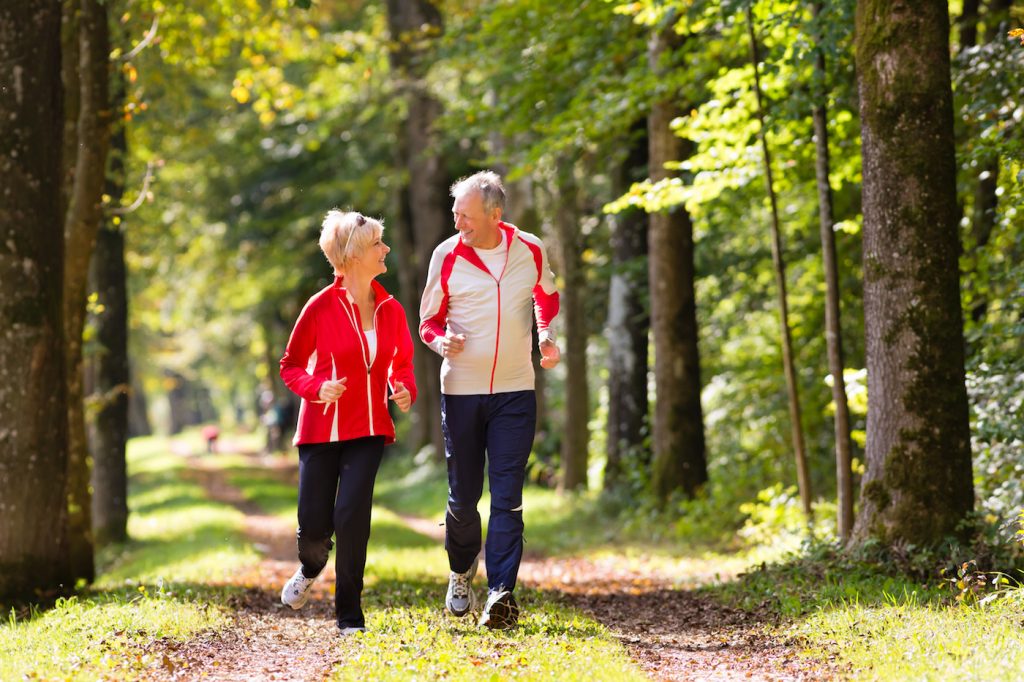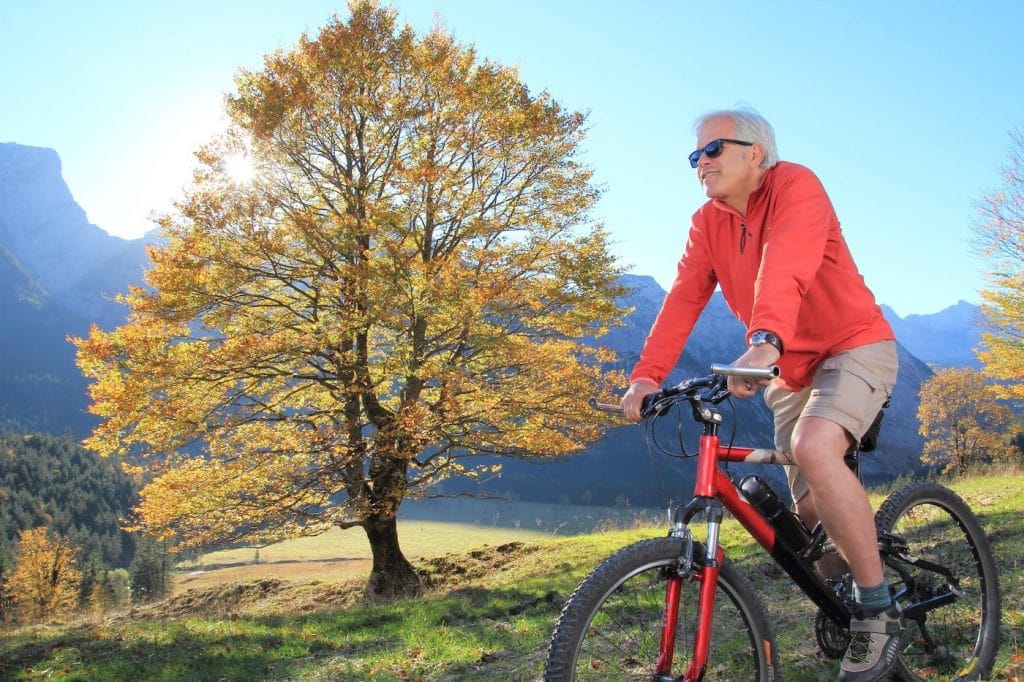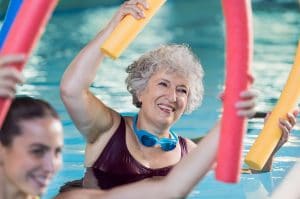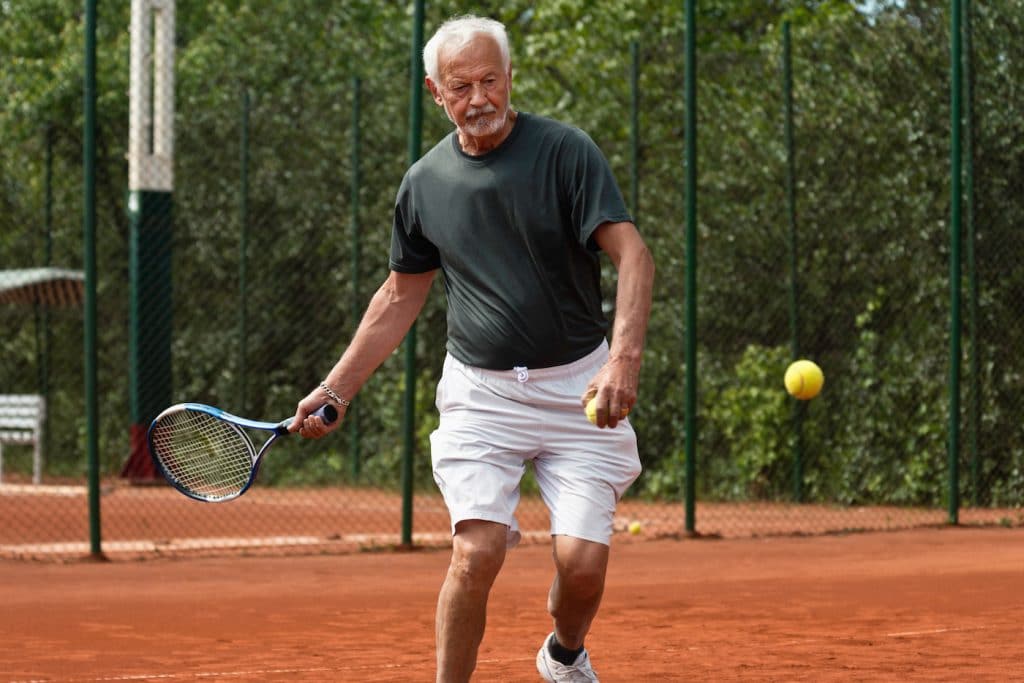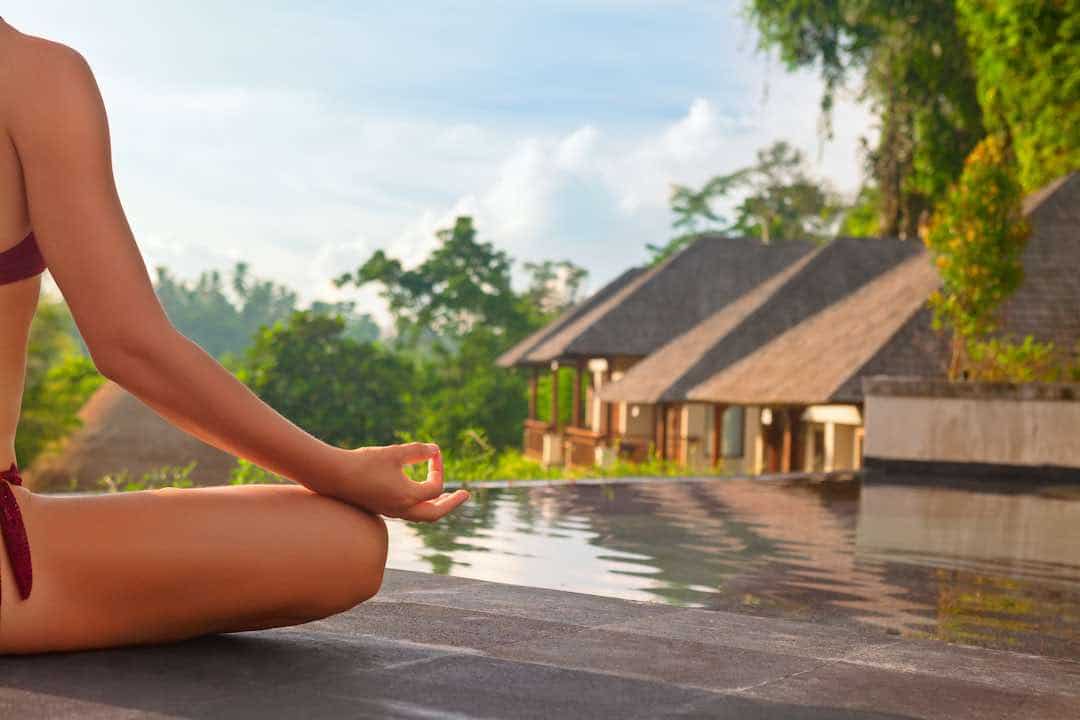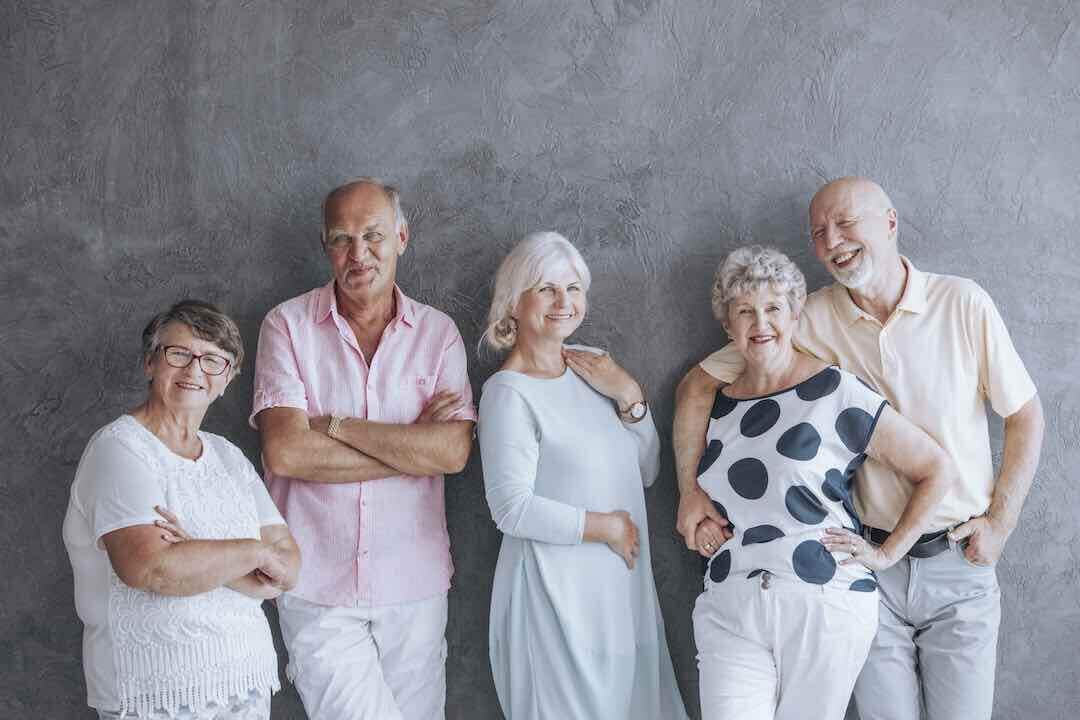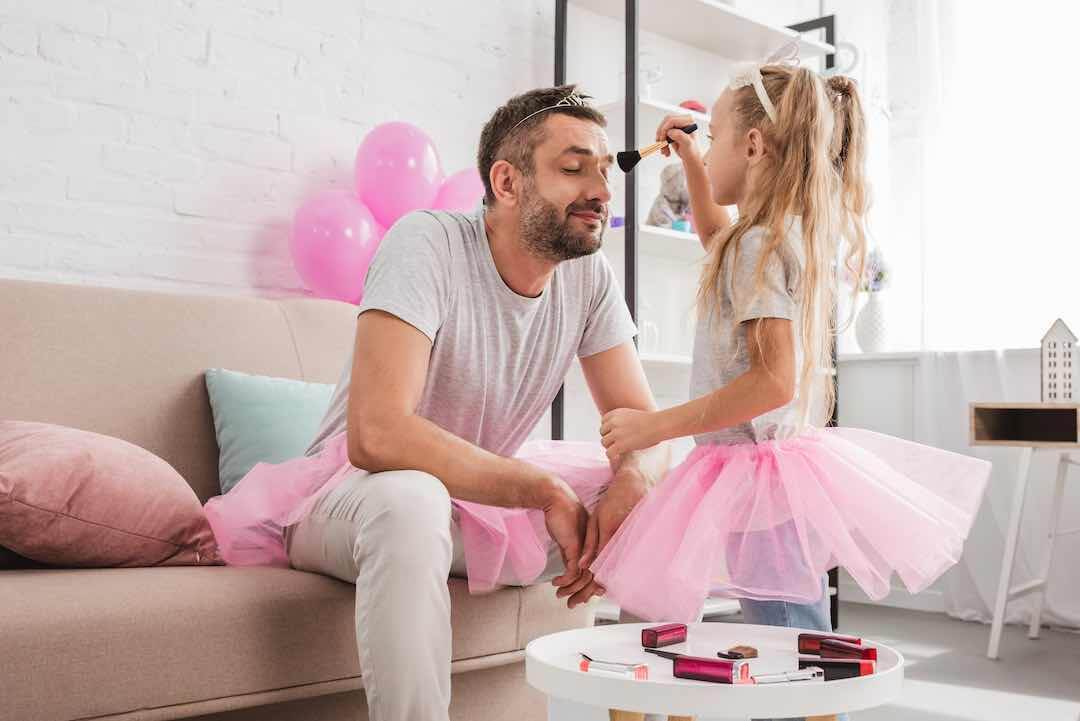Warning: Undefined array key 1 in /var/www/wp-content/plugins/monarch/monarch.php on line 4359
By Glenn Baja
Exercising…we all know we ought to engage and incorporate it into our lives. But do we really understand why it’s important?
In simplest terms, exercise equals good health. Exercising equates to a healthier mind, body, and spirit. By incorporating a regular routine of exercise into our lives and making it part of our lifestyle, we begin developing a greater sense of balance, flexibility, movement, endurance, and strength.
And that’s just the “tip of the iceberg,” so to speak.
We were all born to move. When we move frequently, our joints work better, we experience less pain, our moods are better, and we have a healthier outlook on life. When we exercise our blood improves its flow to our muscles and brain which leads to greater energy, clearer thinking, and a stronger body as it receives greater nourishment. Resultantly, our minds become more focused and creative, our sex lives improve, and our vital indicators become enhanced and aligned. Movement makes everything better…period. Mood improves. Hormonal profiles improve. Whatever the vital sign––movement will make it better.
By all practical means, exercising is a true “fountain of youth.” Nothing else offers the payback in terms of health and benefits that exercise does.
Types Of Aging
There are 3 types of aging we need to be aware of:
-
- Chronological Aging: the number of years we’ve been around
- Social Aging: the cultural/social expectations of how people should act as they grow older, and
- Biological Aging: an organism’s physical state as it progresses in years
Chronological aging is time dependent and correlates to the number of times we have been on this earth as it completes a full navigational circle around the sun. It is out of our control and all we can do is celebrate each successful revolution on our “birthday” each year. On the other hand, both social and biological aging can be managed and somewhat controlled to a greater degree than chronological aging can.
Socially aging is influenced by how we view and perceive ourselves and others our age, and the subjective age related appropriateness we assign to those ages. Often these views are based upon how our parents, grandparents, and family acquaintances acted and appeared to us when we were youngsters. For example, if your parents were overweight, lacking the energy, desire, and motivation to be active, and were resigned to sitting in their lazy-boy recliners in front of the television, remote control in one hand, and a bowl of ice cream in the other, your social perception of what old age should look like would be different than if you had parents who were like energizer bunnies in all their activities, were active tennis players, and had the goal of participating in the next upcoming Senior Olympics.
These images can impart powerful perceptive visualizations on our lives and affect how our own minds may work to manifest a similar reality for us as we reach a similar age.
Biological aging is essentially indicative of how we have taken care of our biological bodies. It’s defined by the gradual deterioration of our functional characteristics that gradually leads to our mortality after we mature. Nothing affects our biological aging more than our relationship to movement and nutrition. Because of this, biological aging can be offset and delayed by our own habits. It can also be increased. Think of the times you’ve seen an older person with boundless energy and stamina who appears and acts years younger than their chronological age. I’m sure you’ve also seen the opposite…someone that looks, acts, and behaves much older than they actually are.
Environmental factors, even if the do not directly cause aging, can affect it. As an example, overexposure to ultraviolet radiation may greatly accelerate skin aging. Also, the effects of gravity, environmental toxins, and other pollutants can affect our bodies biological aging processes.
Overall, genetics has very little to do with how fast or slow you age. Genetics, though they may be the gun, it’s your lifestyle that pulls the trigger. You have way more control over the aging process than you think.
Your metabolism slows down considerably as you age. As this happens, your bodies ability to burn fat and lose weight is compromised considerably. Those youth-like qualities that you once adored such as healthy skin tone, strong lean muscles, never-ending energy, and an insatiable sex drive start declining with each passing year.
As you climb the chronological and biological age ladder, your gradually increasing mineral deficient bones become weaker and more brittle leading to unanticipated falls and bone fractures that often lead to more serious medical conditions. If not challenged and cared for, your brain begins to suffer as well. As you age, your memory, your ability to solve problems, and your decision making skills all start to decline and continue to do so if proactive means are not employed.
As alarming as this information is, there are measures we can undertake to counter and slow down the aging process. Introducing regular movement into your daily activities and healthy eating habits are the most important.
Healthy Exercising And Activities
Movement is essential to good health and will delay and offset many of the ailments mentioned above. The options for movement are as varied as the directions your body can move. The only requirement of exercise is that the movement be intentional. Yes, exercise can certainly be a by-product of day-to-day activities, but unless your daily routine involves regular multi-directional movement, most of us need to be intentional. These type of movements may include brisk walking, long slow runs, short sprints, dancing, rowing, cycling, swimming, stretching, flexibility and mobility exercises, weight resistance, yoga, martial arts (Tai Chi, Tae Kwon Do, Karate, Quigong, Kick-boxing, etc.), tennis, golf (walking), hiking, calisthenics, and aerobic/ anaerobic exercise classes.
This, of course, is but a taste of movement activities to choose from. Mix up and vary your choice of movement activities so as not to become bored or repetitious in nature. Exercising can be, and ought to be, fun. Yes, you read that right…exercising should be fun. Since variety is the spice of life, mix up your routines in as many ways as you can. Choose the ones that appeal to you and seem “doable.” Add new ones as you see fit. You want to start off having as many successes you possibly can and build upon them. If you find you’re not having fun try something different. Continue experimenting until you find the right combination that works for you.
Benefits Of Being Active:
As we examined, the returns of regular exercising is plenty. But let’s first define what “regular” exercising incorporates and looks like. The first thing to identify with is your “why”: Why are you doing this in the first place? Why do you wish to lose weight? Why do you wish to exercise at all? With a strong enough “why” the “doing” will become much easier. And believe me, you’ll want to take advantage of any little “plus” you can think up to make exercising easier and more enjoyable.Perhaps it’s for nothing more than to simply feel good, and to rid yourself of those daily aches and pains that flair up. Perhaps it’s to impress the little lady, or to make a horn-dog out of your old man. Whatever it is, find out what your “why” is and use it to keep you going day-after-day.
Make exercising a part of your lifestyle, an essential part of your daily activities. Plan and schedule in advance the days of the week you wish to exercise. My advice is to aim for at least 5 days per week for a minimum of 30 minutes. You’ll find some days will be longer and some shorter. That’s okay. It will all work out “in the wash.”
Once you establish a routine and schedule you’ll find that if you miss a few days in a row you’ll get antsy to do something…anything, to get back on track. When this happens you may need to take a small step back and take on an activity that’s easy and enjoyable that helps get your momentum back. Keep in mind that being patient with yourself and having “pig-headed” persistence is key to all long-term success.
If you get to this point do whatever it takes to get yourself up off the couch and get outside. Sometimes just a brisk walk outside can make a world of a difference. Let yourself feel the breeze in your face, the warm sunshine on your skin, and let the sounds of nature infiltrate your body, mind, and soul. Feel the “openness” that surrounds your body. Experience the coolness and expansiveness of the outdoors. Just doing this can be the very key that can invigorates you to get back on track.
Benefits Of Keeping Physically Fit:
Craig Cooper in his book, Your New Prime has this to say about keeping physically fit:
“Fitness is not the ability to run a marathon or pump 200 pounds, but primarily as optimal, vital, pain-and-disease-free health. Looking good––and performing well athletically––are nice side effects, but at this case in your life, they aren’t the main goals.
First and foremost, you want to be supremely healthy. If a fitness plan makes you sick, causes you pain, or makes you less able to meet the challenges of life, it’s not the right fitness program for you. Train to be better able to rise to the challenges presented by living right now––physically, mentally, and emotionally.
Train to not just perform well and look good, but also to be more resilient and resistant to injury, so you can stay fully engaged in the game of life as long as possible. Train to be a general purpose athlete, not a runner, or a cyclist, or a CrossFitter, but as someone who’s fit for life first, and all-around athletics second. Obsess over feeling better, moving better, and performing better.”
Having more joy in our lives is what we all are after. Without our overall health, being joyful is almost next to impossible. Being able to generate and express greater vitality, vibrancy, and peak energy levels in our lives is key to loving life.
Other benefits of keeping physically fit include:
-
- greater resistance to disease
- better circulatory benefits
- easier to breathe
- better moods
- less fatigue
- less depression
- more focused
- feeling stronger
- having a better sex life
- less dependency on drugs
- feeling more stress-free and relaxed
- better sleeping habits
- smiling more
Precautions
Now we know why we need and how to get exercise back in our lives. We’re also aware that in order for this need to materialize, it will take action on our parts. I’ll tell you right now…some days will be easier than others. No doubt about it. You’re going to have those days when the very last thing you want to do is push yourself to move. Some days you’ll just want to lie in bed, ground yourself in your lazy chair, stare into space, and slap down a beer or two. Expect them.
If I may, let me offer you a closing word of wisdom. HONOR THOSE MOMENTS. Yes, you heard me right…honor those moments. Listen to your body and do what it says. If your body needs a day to slough off, go ahead and do it. If it needs two, do that too. We all can benefit by listening to our bodies and doing what it has to tell us. Intuitively, our bodies know when we need to eat, what we should be eating, and when we need to rest. Ever crave a salad, fresh fruit, or a nice cool glass of water? Ever feel like your body is lacking in something but you just don’t know what? Tune in to what your body is telling you. It is inhabited by a very wise soul who absolutely knows what’s best. Listen to it. Do what it’s directing you to do. Take that day or two off it needs.
But just don’t hang-out there too long.
I’m a self-professed madman, adventurer, photographer, certified High-Performance Coach, martial artist, and licensed physical trainer specializing in senior fitness. My passion is to continue growing and developing into my own unique, gifted, and joyful authenticity, while committing myself towards doing my own special part to help change the world. My mission is to help others find their own direction and purpose in life, by means of mentoring, teaching, and empowering.

